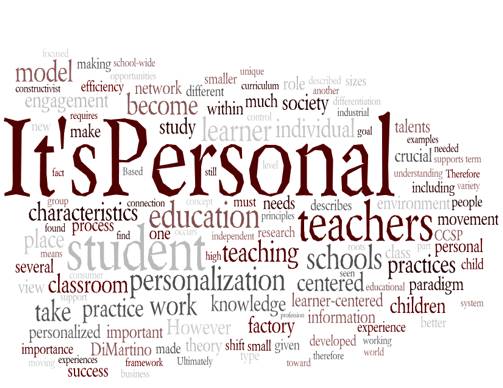With all the news of different school shootings, it is becoming increasingly important to take advantage of new technology to keep schools safer. Implementing effective high-technology security systems can be costly and lengthy but there are four tips to make the decision of what is best for your school:
- Know your school’s unique needs.
- Start small, then build smart…don’t try to implement every technology security system at once.
- Head off controversy by including the families of students in the decision-making process.
- Don’t forget to hire people to oversee, run, maintain, and upgrade the system.
With these four tips in mind, here are ten very popular and effective technologies that keep schools safe.
#1 Social Net Watcher
At a middle school in Indiana, administrators launched their new computer program, Social Net Watcher. This program works in “the cloud” to find dangerous words posted on Facebook which then, through the program’s algorithm, will alert the school administrators. This program helps the school to keep an eye on cyber bullying. Bruce Canal, the President of Social Net Watch, said “With the new bullying law that went into effect in Indiana this summer, schools are now required to report to the Department of Education the number of bullying events that they’ve had. Our software also allows them to go in and create a report to send to the Department of Education.”
#2 Anonymous Alerts
Another technology that helps prevent bullying or other severe and dangerous situations such as a weapon on campus is the Anonymous Alerts app. At Round Rock ISD, students and staff can download this app on their Apple or Android products and can anonymously report incidents. Round Rock ISD spokesperson, Corey Ryan, mentioned that they want students to feel safe and comfortable when sharing concerns about safety and security.
#3 NetSafe Kit
Many schools feel that they can’t completely protect their students online. So, they are focusing on teaching students to be prepared and safe while online. This NetSafe Kit helps schools teach students cyber safety and digital citizenship.
#4 Visitor Management System
Many schools require visitors to sign in on a paper log and show proof of ID before entering the halls of the school. However, at Stow-Munroe Falls High School, the administration is using a technological visitor management system to protect its students. Visitors have their state or federal identification scanned and the system checks a national database of registered sex offenders.
#5 Entry Control Equipment
Not only should schools require visitors to check in with the office before going any farther into the school, but many schools feel it necessary to keep all exits locked at all times. These schools have entry control equipment: electromagnetic doors that can be remotely locked or unlocked. Visitors buzz in and the office staff can choose to unlock the doors for them or not.
#6 Metal Detectors/X-Ray Machines
Especially in inner-city schools where violence and drugs are rife, metal detectors and x-ray machines are a necessity to keep entrances to the school campus safe. This will allow detection of guns, knives, or other weapons before they are brought on campus.
#7 Surveillance Cameras
Over 90% of K-12 schools in the United States have security cameras and video surveillance equipment. Cameras should be placed in the school hallways, large rooms (such as the library, cafeteria, and gym), and especially near the front entrance. Some security systems come with alert buttons that send emergency transmissions to police.
#8 Panic Buttons
Teachers can wear small panic buttons such as the Mobile Duress panic button on their belts or pockets during the day. If some trouble or danger arises, the teacher can push the button and an alert is sent to both the authorities and the school administrators. The administrators will then make everyone in the building aware of the threat while first responders make their way to the school. Different brands of panic buttons can double as microphones or voice amplifications systems.
#9 Mass Messaging Software
Mass messaging software, such as e2campus, allow schools to immediately send messages to parents, students, faculty, and staff at the same time when there is a threat. Messages can be sent in the form of email, voice, or text and can be sent to both computers and smart devices. Even without threats or danger to the school, this program is nice to have to send community-wide reminders or memos.
#10 Alertus Desktop
Having all the computers of staff members connected is important to keeping the school safe. Using Alertus Desktop, or other similar programs, allows desktop alerts to appear on every computer screen on campus. This is a great idea, especially if a student or faculty member is in an area that doesn’t have great cell service. It can also help all staff members stay coordinated and be used to send staff memos and reminders.
Remember, the safety of the students and staff at your school are of the utmost importance. Don’t be too paranoid in your decision making, but be smart.










